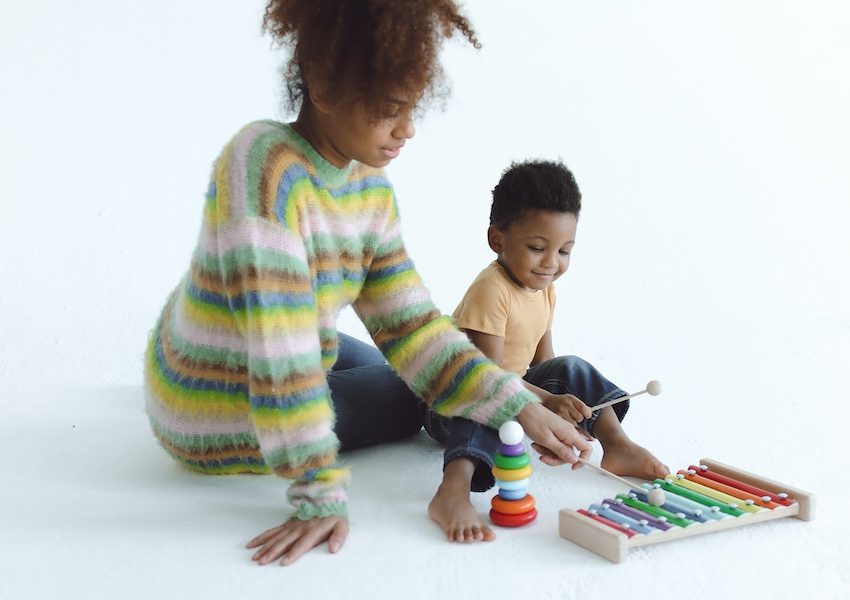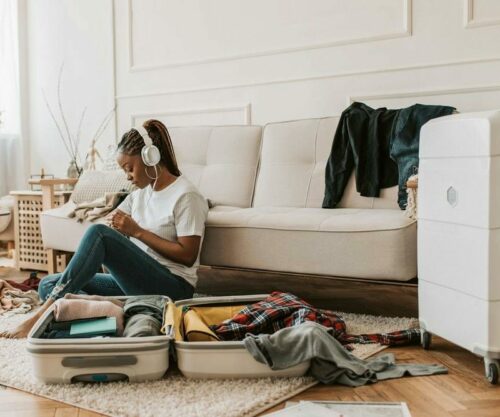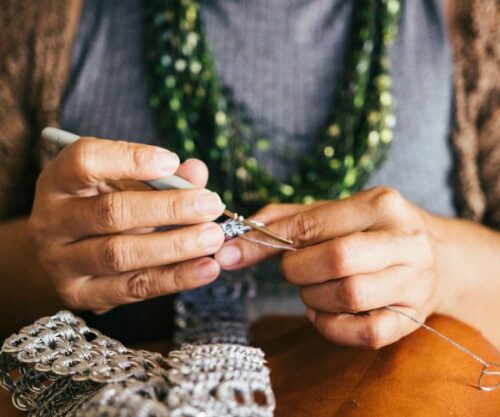
Activities are an important part of a child’s maturing. Experts have encouraged the value in active and stimulating play to boost: intellectual, emotional, social and physical development. Occupational therapist, author and baby expert Meg Faure says, ‘a child’s development is best enhanced through activities that require active participation.’ Therefore, parents are responsible for kind of learning and development a child is exposed to. To help you provide them with activities that stimulate and educate them, we have provided you with tips below.
It’s never too early
Don’t think that just because a baby can’t talk or walk, they also can’t learn from positive stimulation and age-appropriate challenges. A study conducted by Audrey van der Meer, professor of developmental neuroscience at the Norwegian University of Science and Technology, found that babies need to be stimulated at their level. This is by exploring their world and things around them from birth through engaging their full bodies and senses. She explains that a lot goes on in a baby’s brain, with its cells forming 1 000 new connections per second. And, this is why early stimulation promotes learning. If these connections are not used regularly, they fall away as your child grows. In an article published in the online journal Neuropsychotherapist, Audrey says: ‘Early stimulation is about helping children as early as possible to ensure that they succeed in their education and into adulthood. This is precisely because the brain has the greatest ability to change under the influence of the changing conditions early in life. However, nursery school should not be a playschool, but rather a place where children can have varied experiences through play. So, playing is not the opposite of learning; playing is learning.’ Meg agrees, adding that educational toys start from early on. ‘Even at a year old, a set of blocks will have long-term educational value. In terms of more structured games though, such as memory and counting games as well as colour concept, you can start at around three years.’
Less is more
According to Meg, toys that elicit creativity, planning or capabilities such as fine motor skills can be valuable. ‘Many toys on the market require little input from a child, and may not achieve much more than keeping them entertained. Educational toys are generally focused on active participation rather than pure entertainment value. By requiring a child to think, memorise or plan through an activity, educational toys can really enhance performance over time,’ Meg explains. So, the important thing is to engage your child’s mind, body and imagination. Don’t go for toys that do a lot, but rather those that they can do a lot with.
How to choose
Start with your child’s age and match the activity to their capabilities. ‘A toy that is too advanced will create frustration while one that is too easy will not keep your child engaged for long. Also, consider what areas of development you want to enhance – is it memory or motor skills? This will guide your choices,’ advises Meg. Here are some ideas for every age and stage.
Babies up to six month:
* Things to look at, such as pictures of faces, high-contrast black and white images, baby mirror and board books
*Anything that engages the senses such as rattles, soft dolls, textured balls and plastic links
* Books – read to your baby from birth to encourage language development. Show them pictures and how to turn pages
* Music – listen to lullabies and simple songs
Up to a year:
* Wooden and soft fabric blocks, stacking cups and objects to build with
* Objects to pretend with, such as cars with wheels, dolls, hand or finger puppets and stuffed animals
* Teach cause and effect, as well as object permanence with toys that your child can drop, pack away and take out (plastic bowls or nesting toys)
* Get their large muscle groups moving with big balls, soft items to crawl over and push-and-pull toys
Toddlers (one-three):
* Things to create with such as large wax crayons, finger and water-based paint, brushes, paper, chalk, play dough and modelling instruments
* Encourage pretend play with items such as dress-up accessories, prams and beds, construction sets, child-sized furniture as well as sand and water play
* Encourage problem-solving with wooden puzzles with two to eight pieces, sorting toys, blocks that fit into each other, objects with hooks, buttons and buckles
* Engage fine and gross motor skills with peg boards, toys with parts that can be turned, pushed and pulled, tunnels to crawl through, or other objects to crawl on or over
* Books with gradually more detail. ? A variety of music on songs to sing along and dance to
Three to six years:
* Take creative play to the next level with preschool-sized scissors (he’ll need your help at first), glue, coloured paper, stickers, cloth scraps and musical instruments
* Puzzles with 12 to 20 pieces, smaller objects to sort by length, shape and colour as well as counting toy and items that lace up
* Continue to encourage their imagination with blocks for building complex structures, puppets and simple puppet theatres, paper dolls, construction sets and dress-up items
* Books with more detailed illustrations and stories
* Broaden gross motor skills with child-sized wagon or wheelbarrows, toolsets, targets and objects to throw at them (small bean bags), tricycles, plastic bowling pins as well as balls
No matter what your child plays with, the most important thing they need is your love and attention. With these in place, any decision you make regarding playtime and stimulation will be in their best interests.
Written by Kerryn Massyn




